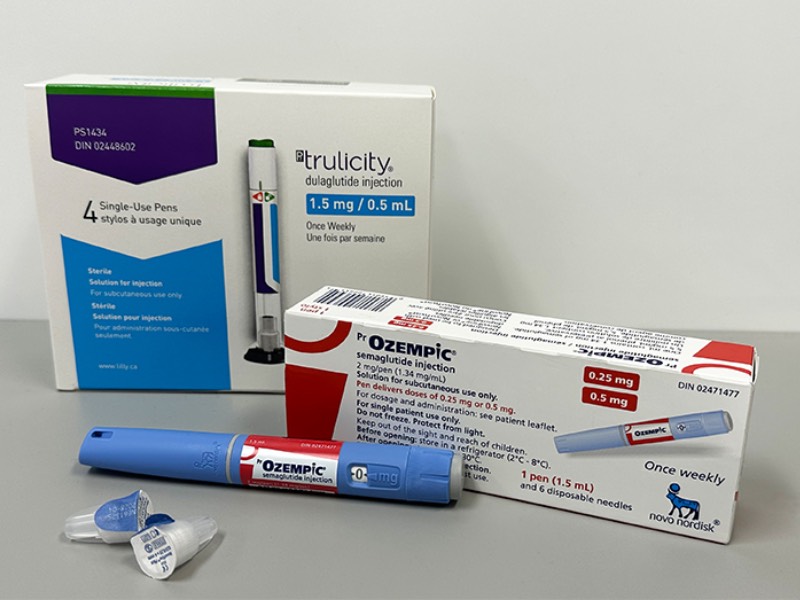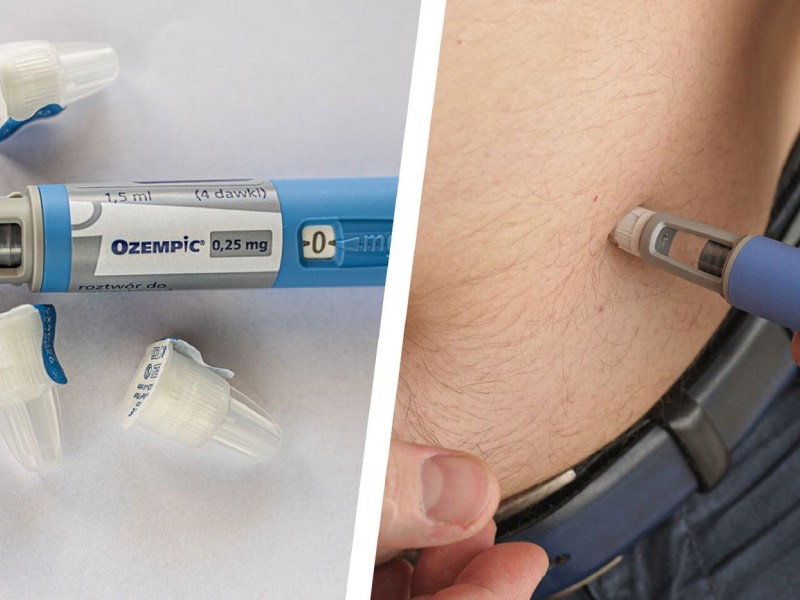Understanding Trulicity and Ozempic
Trulicity and Ozempic are both injectable medications used in the treatment of type 2 diabetes. While they belong to the same class of drugs known as glucagon-like peptide-1 (GLP-1) receptor agonists, there are notable differences between the two in terms of their efficacy, side effects, dosing, and cost.

Efficacy and Blood Sugar Control
Trulicity (dulaglutide) and Ozempic (semaglutide) are both effective at lowering blood sugar levels in individuals with type 2 diabetes. However, clinical trials have shown that Ozempic tends to be more potent in this regard, leading to greater reductions in HbA1c levels compared to Trulicity. This difference in efficacy may be attributed to the higher potency of semaglutide and its longer duration of action.
Weight Loss Potential
One area where Ozempic shines compared to Trulicity is its potential for weight loss. While both medications can lead to weight loss as a side effect, Ozempic has been shown to be more effective in this regard. Clinical studies have demonstrated that individuals treated with Ozempic tend to experience greater weight loss compared to those receiving Trulicity. This may be attributed to Ozempic’s ability to suppress appetite and slow gastric emptying, leading to reduced food intake and improved metabolic regulation.
Side Effects and Tolerability
Both Trulicity and Ozempic are generally well-tolerated, but they may cause different side effects in some individuals. Common side effects of Trulicity include nausea, diarrhea, vomiting, and abdominal pain. On the other hand, common side effects of Ozempic include nausea, vomiting, diarrhea, and constipation. Additionally, both medications carry a risk of pancreatitis and thyroid tumors, although these risks are considered low.
Dosing and Administration
Trulicity is typically administered once weekly via subcutaneous injection, while Ozempic can be administered once weekly or once daily, depending on the dosage strength. The flexibility in dosing may be advantageous for some individuals, allowing them to choose the regimen that best fits their lifestyle and preferences.
Cost Considerations
When it comes to cost, Trulicity and Ozempic may vary depending on factors such as insurance coverage and pharmacy discounts. Generally, Ozempic tends to be more expensive than Trulicity due to its higher potency and longer duration of action. However, some individuals may find that the additional cost is justified by the superior efficacy and weight loss potential of Ozempic.
Conclusion: Choosing the Right Option for You
In conclusion, both Trulicity and Ozempic are valuable treatment options for individuals with type 2 diabetes. While they share similarities as GLP-1 receptor agonists, they also have distinct differences in terms of efficacy, side effects, dosing, and cost. When deciding between the two medications, it’s essential to consider factors such as individual treatment goals, preferences, and tolerability. Consulting with a healthcare provider can help determine the most suitable option based on your specific needs and circumstances.


